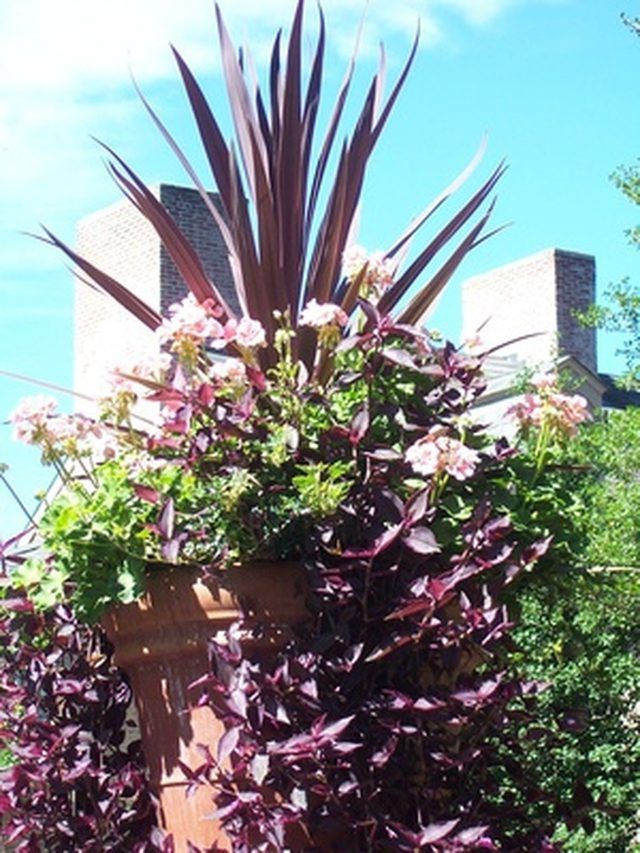Bulbs
Flower Basics
Flower Beds & Specialty Gardens
Flower Garden
Garden Furniture
Garden Gnomes
Garden Seeds
Garden Sheds
Garden Statues
Garden Tools & Supplies
Gardening Basics
Green & Organic
Groundcovers & Vines
Growing Annuals
Growing Basil
Growing Beans
Growing Berries
Growing Blueberries
Growing Cactus
Growing Corn
Growing Cotton
Growing Edibles
Growing Flowers
Growing Garlic
Growing Grapes
Growing Grass
Growing Herbs
Growing Jasmine
Growing Mint
Growing Mushrooms
Orchids
Growing Peanuts
Growing Perennials
Growing Plants
Growing Rosemary
Growing Roses
Growing Strawberries
Growing Sunflowers
Growing Thyme
Growing Tomatoes
Growing Tulips
Growing Vegetables
Herb Basics
Herb Garden
Indoor Growing
Landscaping Basics
Landscaping Patios
Landscaping Plants
Landscaping Shrubs
Landscaping Trees
Landscaping Walks & Pathways
Lawn Basics
Lawn Maintenance
Lawn Mowers
Lawn Ornaments
Lawn Planting
Lawn Tools
Outdoor Growing
Overall Landscape Planning
Pests, Weeds & Problems
Plant Basics
Rock Garden
Rose Garden
Shrubs
Soil
Specialty Gardens
Trees
Vegetable Garden
Yard Maintenance
How to Plant Flower Seeds in Pots
How to Plant Flower Seeds in Pots. Container gardens are ideal for today’s gardeners with limited growing space. Containers can be placed on patios and balconies, in full sun or even full shade. Perennials, flowers that live longer than a year, annuals, or a combination of the two can be grown in container gardens. Containers can even be...

Container gardens are ideal for todayís gardeners with limited growing space. Containers can be placed on patios and balconies, in full sun or even full shade. Perennials, flowers that live longer than a year, annuals, or a combination of the two can be grown in container gardens. Containers can even be used for flowers that wouldnít normally grow in your hardiness zone. Growing flowers from seed may take some patience and planning, but when the plants mature, theyíll reward you with a container full of color.
Things You'll Need
Container
Garden soil
Garden trowel
Hand-held cultivator
Packing peanuts or similar medium
Place your container where it will get the appropriate amount of sunlight and water. Fill the container to within 2 inches of its lip with good-quality potting soil. Fill the bottom 1/3 of larger containers with packing peanuts or some other non-biodegradable material to reduce the weight of the container.
Break up any large clumps of earth in your container and rake smooth with a handheld cultivator or the back of a gardening trowel. Water the soil so that itís moist but not wet.
Plant your seeds twice as deep as the seed is wide. Cover with a fine layer of garden soil. Tap the soil over the seeds. Gently sprinkle water until the soil is moist, but not wet. If you add too much water, you will risk moving the seeds. Keep the soil moist until the seeds germinate.
Tips & Warnings
When choosing a container for your garden, consider not only the appearance of the container but from what itís made. Terra cotta or clay containers are porous. Water evaporates through the pot. This can led to drying soil. Metal containers are susceptible to temperature fluctuations. Wooden containers are prone to decay. Whatever type of container you choose, it must have good drainage. The container should be large enough to accommodate the plantís roots.
You can grow one type of flower or plant in your container or a living bouquet. If you plant more than one variety, they must grow in similar moisture and light exposure conditions. The general acceptable structure is to use three types of plants. Thriller plants, such as flax and dracaena, add height to a container. Filler plants are generally bushy and fill out a container garden, such as hosta. Nasturtium and potato vine are examples of spiller plants as they drape over the sides of the container.